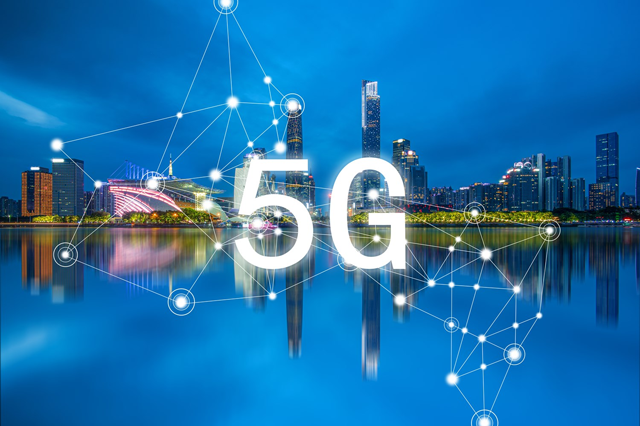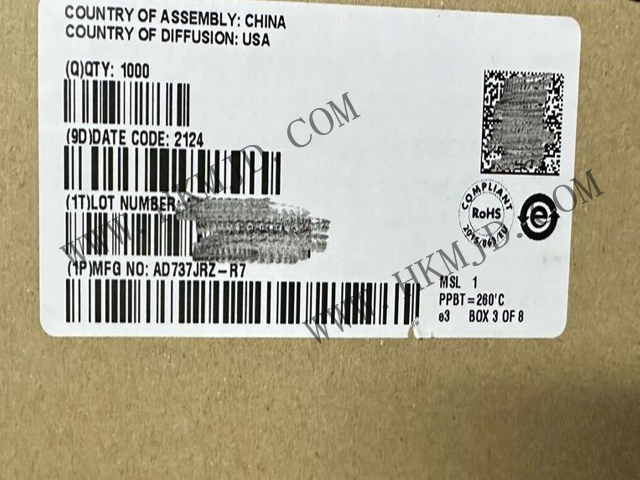Welcome Here Shenzhen Mingjiada Electronics Co., Ltd.

sales@hkmjd.com

sales@hkmjd.com

Service Telephone:86-755-83294757
 Latest Information
Latest InformationAccording to ABI Research, a global technology intelligence company, global 5G mobile data traffic will reach 1,676 exabytes in 2026, with a compound annual growth rate (CAGR) of 63%.
Mobile network operators promise their users that 5G will provide higher capacity, faster speeds, greater energy efficiency, lower RAN latency and create massive connections. However, these come at the cost of skyrocketing demand for mobile data traffic.
According to ABI Research, a global technology intelligence company, global 5G mobile data traffic will reach 1,676EB in 2026, with a compound annual growth rate (CAGR) of 63%.

Rapidly growing data traffic is forcing mobile network operators to upgrade their network capacity. Due to the limited number of new macrocell sites available and the limited amount of 5G spectrum, the most practical approach is to deploy 5G small cells densely, albeit at a high cost. Currently, Massive MIMO (mMIMO) macro cells already meet the capacity needs of 5G, but these may not be enough, making small cells even more critical. By 2027, there will be 13 million outdoor 5G small cells deployed. 5G small cell deployments will surpass 4G in 2028.
"5G small cells complement macro cells, increasing network capacity and extending coverage in dense areas where signal is weak or unavailable," said 5G, industry analyst for mobile network infrastructure at ABI Research.
"They also allow network operators to extract more value from existing spectrum by using it more efficiently.
"Compared with the previous generation of small cells, 5G small cells face more challenges in design and performance. 5G small cells need to be smaller and lighter, while supporting larger bandwidths such as 100MHz and 200MHz," Liu said.
"With 5G, deployment scenarios are wider, forcing vendors to offer comprehensive solutions to support a variety of needs."
In the consumer market, mobile network operators in most countries are focusing on macrocellular deployments of 5G. Actual data traffic growth rates determine the timing and magnitude of network capacity challenges. Large-scale 5G small cell deployments will occur around 2025, when network capacity on the C-band will be exhausted without additional spectrum or small cell densification. Enterprises and verticals are already deploying 5G small cells for their private networks.
"5G small cells leverage the backhaul established for macro cells, so mobile network operators should start deploying 5G small cells in locations where backhaul is already established," the analysts said.
"5G small cells can coexist with macro cells, and self-organizing networks help minimize the risk of inter-cell interference. Alternatively, mobile network operators should deploy different frequency bands on small and macro cells."
These findings come from ABI Research's 5G Small Cells Application Analysis Report. The report is part of the company's 5G - Mobile Network Infrastructure research service, which includes research, data and analyst insights. Based on extensive preliminary interviews, the application analysis report provides an in-depth analysis of key market trends and factors for specific technologies.

Time:2025-08-16

Time:2025-08-16

Time:2025-08-16

Time:2025-08-16
Contact Number:86-755-83294757
Enterprise QQ:1668527835/ 2850151598/ 2850151584/ 2850151585
Business Hours:9:00-18:00
E-mail:sales@hkmjd.com
Company Address:Room1239, Guoli building, Zhenzhong Road, Futian District, Shenzhen, Guangdong
CopyRight ©2022 Copyright belongs to Mingjiada Yue ICP Bei No. 05062024-12

Official QR Code
Links: